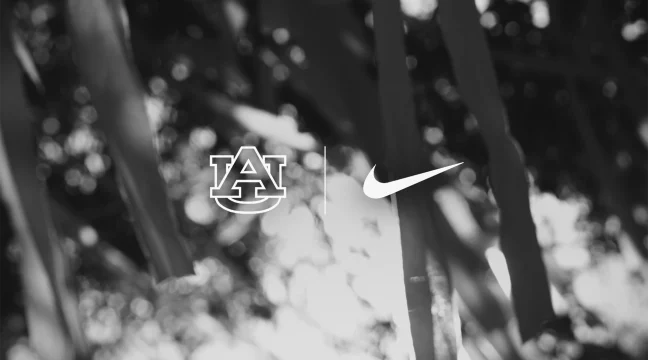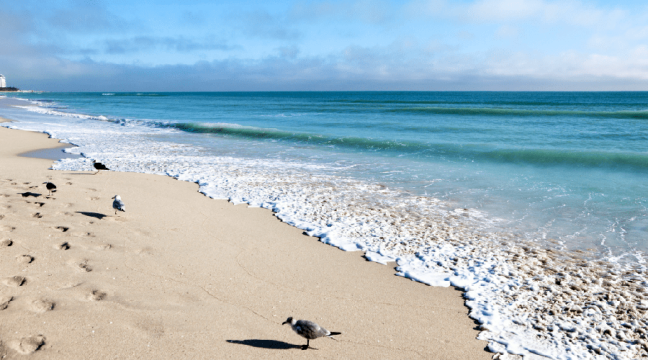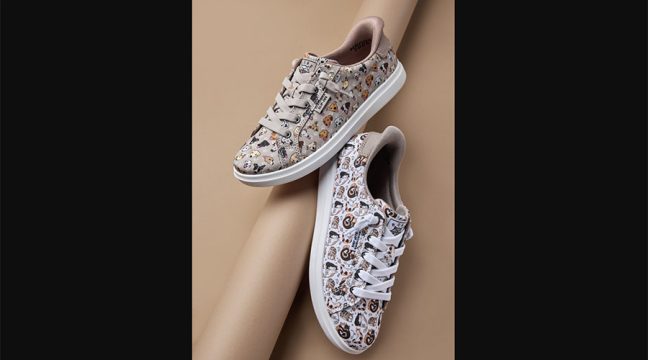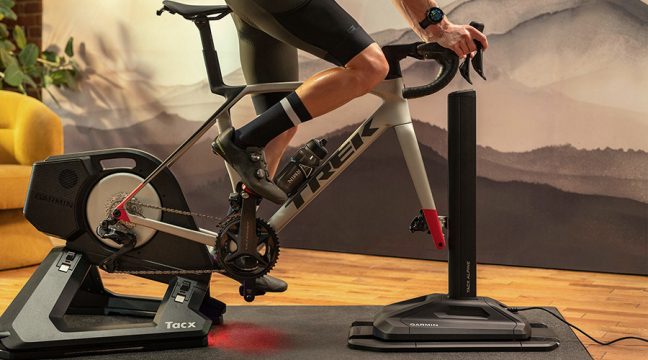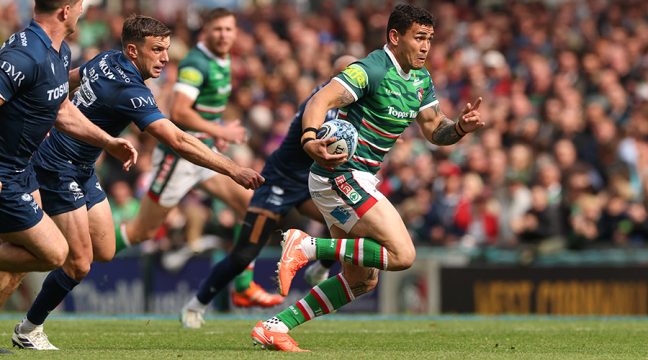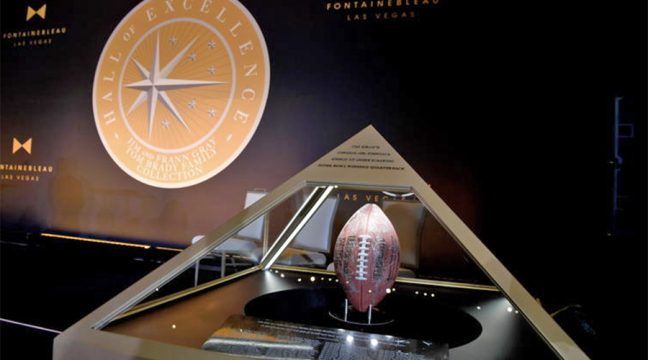By Greg Thomas
Some of my best and worst childhood memories formed in a soggy western Washington duck blind, sitting on a wet wood plank, cold feet stuck in the mud, waiting for mallard ducks to arrive on what my dad might call, “the 9 o’clock flight.”

Photo courtesy Walls 10x
He’d name these flights to best serve his purposes – if I was shivering and wet and pleading to leave the blind at 10 a.m. he’d say, “We’re waiting for the 10:15 flight.” Making matters worse, I could see McDonalds’ golden arches from the blind and that only focused my attention on hot chocolate and the slim possibility that I might survive.
In those days my attire consisted of cheap, army-green, un-insulated calf-high rubber boots, white cotton socks, baffled long underwear that reminded me of the Eggo waffles I’d eaten for breakfast, Toughskins jeans, and a plastic hooded poncho that barely reached the knees. This wasn’t quite Naked and Afraid, but it wasn’t a poolside seat at the Ritz either. I don’t know how I came out of those years retaining the will to hunt, but here I am, many years later, wishing that the performance hunting apparel movement we are seeing today would have been part of my youthful outdoors experience.
Several newish companies – and some long established brands – are creating tech-driven apparel and accessory options at premium price points, quality items that could keep you alive on the top of McKinley. And this gear, especially, appeals to the go-getter, meaning hunters who need lightweight, storm-worthy gear they can rely on when traveling farther into the bush, for increasingly longer durations, to find the kinds of animals that fill a freezer and end up on the living room wall.
This gear appeals to the go-getter – meaning hunters who need lightweight, storm-worthy gear they can rely on when traveling farther into the bush, for increasingly longer durations.
Sitka Gear’s lineup of technical apparel is a great example. Sitka entered the market in 2005 with a systems-based approach building on high-quality, moisture-wicking base layers topped with equally efficient mid-weight and heavyweight insulation. These three systems, labeled Light and Fast, Extended Exposure, and Extreme and Extended, cover the bases whether you’re chasing early season archery elk in the Rockies, midseason whitetails in the eastern hardwoods, or late season mule deer or mountain goat in the high crags.

Photo courtesy Sitka Gear
Be prepared – you’re not coming out of the Sitka buying experience with a fat wallet. George Cook, a Sitka rep in the Pacific Northwest, said Sitka “turns clothing into gear” and their approach “matches hunters with the right system for their given task or environment, be it static (tree-stand whitetails), extended mountain hunts (such as sheep), or light and fast (for alpine elk and mule deer).”

Kelvin Light Hoody

Jetstream Jacket
Cook said Sitka’s Mountain Pant, $189, can’t be beat for early-season hunting and its Timberline Pant, $229, serves best during late-season hunts. Three jackets Cook would take on every hunt are the Kelvin Light Hoody, $249, the Jetstream Jacket, $349, and the 90% Jacket, $289, which is touted as being perfect for 90-percent of the mountain conditions hunters encounter.

Mountain Pant
Sitka’s success hasn’t gone unnoticed, and neither has Walls’, with its long-standing 10X brand making moves into the high performance arena with their Silent Storm Rainshell and Pant. This apparel is being touted as the most waterproof, breathable and quiet camouflage raingear on the market. In fall 2016 10X releases its Lockdown line and a full layering system that uses merino wool, Primaloft and a two-tiered scent control called Scentrex. They’re also releasing a women’s line of hunting apparel.

Lockdown Jacket
“There are lots of players in camou clothing, but the performance market is a growing trend and we’re reaching active hunters who are looking for more than an afternoon in a tree stand…” – Matt Aboussie

Silent Storm Pant

Silent Storm Rainshell
“The Silent Storm rainshell and Lockdown soft-shell point to the quality and performance customers will see from 10X in the future,” said Matt Aboussie, an account manager at Backbone Media who handles the brand. “There are lots of players in camou clothing, but the performance market is a growing trend and we’re reaching active hunters who are looking for more than an afternoon in a tree stand, although we sell a lot of gear to those people as well.
“And we do see women as a growing segment of the market,” he added. “Our women’s line is full-feature gear, not compromised from the men’s line at all. It just has a specific women’s tailored cut and some pieces may have slightly different colors, say a pink logo or zipper that’s different from the men’s.”
Kuiu is another brand penetrating the performance market . . . and why wouldn’t it? Jason Hairston, founder, sold the Sitka brand and started Kuiu to offer consumers the best- performing ultra-light clothes for mountain hunting, at an equitable price.

Photo courtesy Kuiu
To do so Hairston sells direct at huntkuiu.com where consumers find Kuiu’s version of the systems approach, offering base layers, insulation layers, outer layers, rain gear, headwear, gloves, boots, backpacks and dry bags, and even sleeping bags and single or two-person lightweight tents, all packed with performance materials.

Yukon Rain Jacket
For instance, Kuiu’s Yukon Rain Jacket, $349, uses Toray’s Primeflex to keep weight and water absorption in check; and it uses Toray’s Dermizax membrane and Kudos XR DWR to repel water and for breathability.
While these performance apparel lines have a firm grip on the hunting community, there’s something to be said about brand recognition and consumer confidence. The long established Seattle-based brand Filson continues to make its mark in hunting, drawing off a reputation for having outfitted Alaska and Yukon-bound prospectors during the Klondike gold rush.
Ralph Stuart, editor of Shooting Sportsman magazine, which caters to upland bird and waterfowl hunters, said tradition and reliability serve the classic brands well and resonate with his readers. “Alaska’s hard-core hunters used Filson and people associate the brand with something that will stand up to time and hard use,” Stuart said. “It’s also a brand that these people’s fathers and grandfathers wore and the items have been passed down through the generations. That shows how good the materials and craftsmanship are.
“Another recognized brand that I’m very impressed with is Eddie Bauer,” Stuart said. “They have come back on the hunting scene with a line of ‘Guide Tested’ Upland Bird Hunting Gear. Before launching the line, they brought in professionals for advice and testing and then sent the products out for vetting and made improvements based on what they saw and heard from the field. I can tell that these pieces were designed by someone who wanted versatile bird-hunting garments and they are what I’m wearing a lot these days.”

Micro Therm Storm Down Field Jacket
Another mainstream brand that’s made inroads in hunting is Patagonia, whether they’ve wanted to or not. It’s a poorly kept secret that some of their apparel, such as the iconic Snap-T and its capilene base layering system, perform as well in the forest and field as on a trout stream or bike trail. In 2015 Patagonia released its “Field” lineup, which includes a Lightweight Field Shirt, $85, Field Pants, $99, a Long-Sleeved R1 Field Shirt, $169, and an All Season Field Shirt, $89. These are highly technical items made of 100 percent polyester ripstop with built in UPF 30-sun protection. Patagonia’s Corey Simpson said, “This is a very versatile, high-quality outerwear line that climbers love, but it works well on a ranch, in field biology work, and in hunting, too. We’ve found that something doesn’t have to be built for hunting for it to be good in the field.”
With this current surge in performance-driven hunting apparel, you – and I – don’t need to suffer through a day in a duck blind or anywhere else for that matter. With all the options on the market and with more to come this year, you can be nearly as comfortable hunting deer on a snowy peak as you can be in the deserts and uplands hunting antelope and birds.

Photo courtesy Sitka

